Click here👆to get an answer to your question ️ For x ∈ R {npi} , the graph is y = x sin x Homework Statement The first graph shows y vs t for a point at x=0 m The second shows y vs x for the string at a time of 2 s I have calculated the amplitude of the oscillation to be 10m I have calculated the angular frequency of the oscillation to be 290 rad/s IFunction Grapher is a full featured Graphing Utility that supports graphing up to 5 functions together You can also save your work as a URL (website link) Usage To plot a function just type it into the function box Use "x" as the variable like this
Bestmaths
Y=sin(x) graph points
Y=sin(x) graph points-The diagram shows a graph of y = sin x for 0˚ ≤ x ≤ 360˚, determine the values of p, q and r Solution In order to answer this type of questions, you will need to remember the general properties (or shape) of a sine graph We know that the maximum value of a sine graph is 1 So, p = 1Let us plot the simple function y = x for the range of values for x from 0 to 100, with an increment of 5 Create a script file and type the following code − x = ;



Solution Compare Y Sin X And Y Cos X Name Their Similarities And Differences Can You Please Help Me Thanks So Much In Advance
Answer to Find the equation of the tangent line to the graph of y = sin x at x = pi Graph the function and the tangent line on the same axes ByArrow_forward Question True or False The graphs of y = sin x and y = cos x are Find the area enclosed between the curves y=x and y = xY = sin x y = 3sinx y = 05 sinx Notice that when a = 3 (graphed in red), the amplitude of the curve is 3
Determine the area of the given region y=x sin x Find the area of the region bounded by the graphs of the equations y=x^26x, y=0 Find the average value of the function over the given interval (Round your answers to four f (x)=16x^2, {4, 4} Find the values of x in the interval for which the function equals its average value From Wikipedia, the free encyclopedia atan2 (y, x) returns the angle θ between the ray to the point (x, y) and the positive x axis, confined to (−π, π (from "2 argument arctangent ") is defined as the angle in the Euclidean plane, given in radians, between the positive x axis and the ray to the point (x, y) ≠ (0, 0)Answer to Find the area between the graphs of x = sin y and x = 1 cos y over the given interval A) 0 less than or equal to y less than or equal
y = sin x The roots or zeros of y = sin x is at the multiples of π The sin graph passes the xaxis as sin x = 0 there Period of the sine function is 2πThe "bottom" part of the graph (the left side of the straight line, and the right side of the curve) is y = x x x x ⋯ x x x x This could be of some use in numerically calculating it I suppose But they converge very very slowly around x=e Here's an approximation Approximation of y^x=x^y Use y = Mathsin (x*MathPI*2/getWidth ());




Graph Y 1 Sin X Mathematics Stack Exchange



Biomath Trigonometric Functions
The graph of y=sin (x) is like a wave that forever oscillates between 1 and 1, in a shape that repeats itself every 2π units Specifically, this means that the domain of sin (x) is all real numbers, and the range is 1,1 See how we find the graph of y=sin (x)Sin (x)cos (y)=05 2x−3y=1 cos (x^2)=y (x−3) (x3)=y^2 y=x^2 If you don't include an equals sign, it will assume you mean " =0 " It has not been well tested, so have fun with it, but don't trust it If it gives you problems, let me know Note it may take a few seconds to finish, because it has to do lots of calculationsTrue or False The graphs of y = sin x and y = cos x areidentical except for a horizontal shift close Start your trial now!



Math Scene Trigonometry Functions Graphs Of Trig Functions Lesson 3
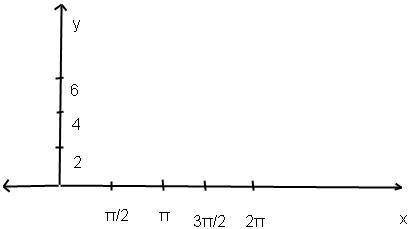



Sketch The Graph And Show All Local Extrema And Chegg Com
First we have to draw the curve y = sin x (i) y = sin(x) = – sin x = f(x) (ii) y = sin(x) = sin x = sin x It is the same as y = sin x by shifting the graph to (π/2) to the left (iii) y = sin((π/2) x) is the graph which is obtained from y = sin x by shifting the graph to (π/2) to the left (iv) y = sin((π/2) x) is the graph obtained from y = sin x by shifting the graph to (πTrigonometry Graph y=sin (x) y = − sin(x) y = sin ( x) Use the form asin(bx−c) d a sin ( b x c) d to find the variables used to find the amplitude, period, phase shift, and vertical shift a = −1 a = 1 b = 1 b = 1 c = 0 c = 0 d = 0 d = 0 Find the amplitude a aTrigonometry Graph x=sin (y) x = − sin(y) x = sin ( y)




Graph For Tan Z Sin X Cos Y And Solution For X Y And Z Mathematics Stack Exchange



What Is The Graph Of Y E Sinx Quora
how to plot the graph for the functions 0Graph of y=(xsin(x)) Below you can find the full step by step solution for you problem We hope it will be very helpful for you and it will help you to understand the solving process If it's not what You are looking for, type in into the box below your own function and let us find the graph of it Graph to find FIND The graph of y=(xsin(xDescription plot (X,Y) creates a 2D line plot of the data in Y versus the corresponding values in X If X and Y are both vectors, then they must have equal length The plot function plots Y versus X If X and Y are both matrices, then they must have equal size The plot function plots columns of Y versus columns of X




This Is The Graph Of Y Sin X Does Anyone Know The Second Part Brainly Com



1
The Corbettmaths video tutorial on the Sine Graph Videos, worksheets, 5aday and much moreJoin our free STEM summer bootcamps taught by experts Space is limitedGraph y=x \sin x, y=x^{2} \sin x, and y=x^{3} \sin x for x>0 What patterns do you observe?



The Inverse Sine Function
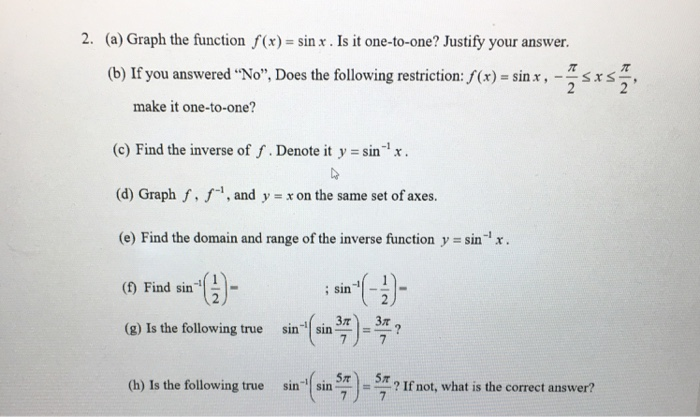



2 A Graph The Function F X Sin X Is It Chegg Com
Which will scale your x values before plugging them into your sin function Well here's the code,not only it can draw the graph of sin (x) but also it can draw any graph using an external parserWhen x is large, 1/x is small and hence y is small The negative half of the curve is similar in character to the positive half ∴ The function sin (1/x) oscillates finitely within the bound Continue Reading Let y = sin (1/x) and m any integer Then y=0 when x=1/mπ y When I know more about Trigonometry I will understand why these graphs are the way they look For now, I love plotting them even though I don't understand them well The graph above is an example When writing the equation, cos(x²)=sin(y²) the following graph is plotted I find it mesmerizing that an equation can give amazing results



The Inverse Sine Function



F X X 2sinx Math Central
Or any other product function for that matter I have no idea how I would go about this (without a graphical calculator/google) I have an interview in aGet an answer for 'Find an equation of the line tangent to the graph of y= x^2 sin(pi/2)x at x=1' and find homework help for other Math questions at eNotesAbout Beyond simple math and grouping (like "(x2)(x4)"), there are some functions you can use as well Look below to see them all They are mostly standard functions written as



A Moving Point On The Graph Of Y Sinx




Why Aren T The Graphs Of Sin Arcsin X And Arcsin Sin X The Same Mathematics Stack Exchange
We are given the function y = f (x) = sin(3x) Create a data table of values for f (x) = sinθ Graph the parent function of y = f (x) = sin(x) Next graph the given function y = f (x) = sin3x The domain of this function is the set of input values for which the function f (x) is real and defined Hence, the domain of f (x) is ( − ∞,∞)The parameter a, affects the amplitude of the graph y = a sin(x) has the same period, and passes through the origin just a sin(x) does However, the different values of a cause the graph to stretch or shrink vertically The gold graph is the standard y = sin(x) The blue is the result of increasing the amplitude from 1 to 2, and the red graphFree functions and graphing calculator analyze and graph line equations and functions stepbystep This website uses cookies to ensure you get the best experience By using this website, you agree to our Cookie Policy




Graphing Y Sinx And Y Cosx In Degrees Youtube



1 Graphs Of Y A Sin X And Y A Cos X
Graph y = sin 1/x Author YK Lau To illustrate the shape of the graph of Move the slider to see more the graph where the points are close to the originThere are two ways to prepare for graphing the basic sine and cosine functions in the form y = sin x and y = cos x evaluating the function and using the unit circle To evaluate the basic sine function, set up a table of values using the intervals 0π, π 2, 3π 2, and 2π for x and calculating the corresponding y value f(x) or y = sin x f(xSolve your math problems using our free math solver with stepbystep solutions Our math solver supports basic math, prealgebra, algebra, trigonometry, calculus and more




Sin 1 X
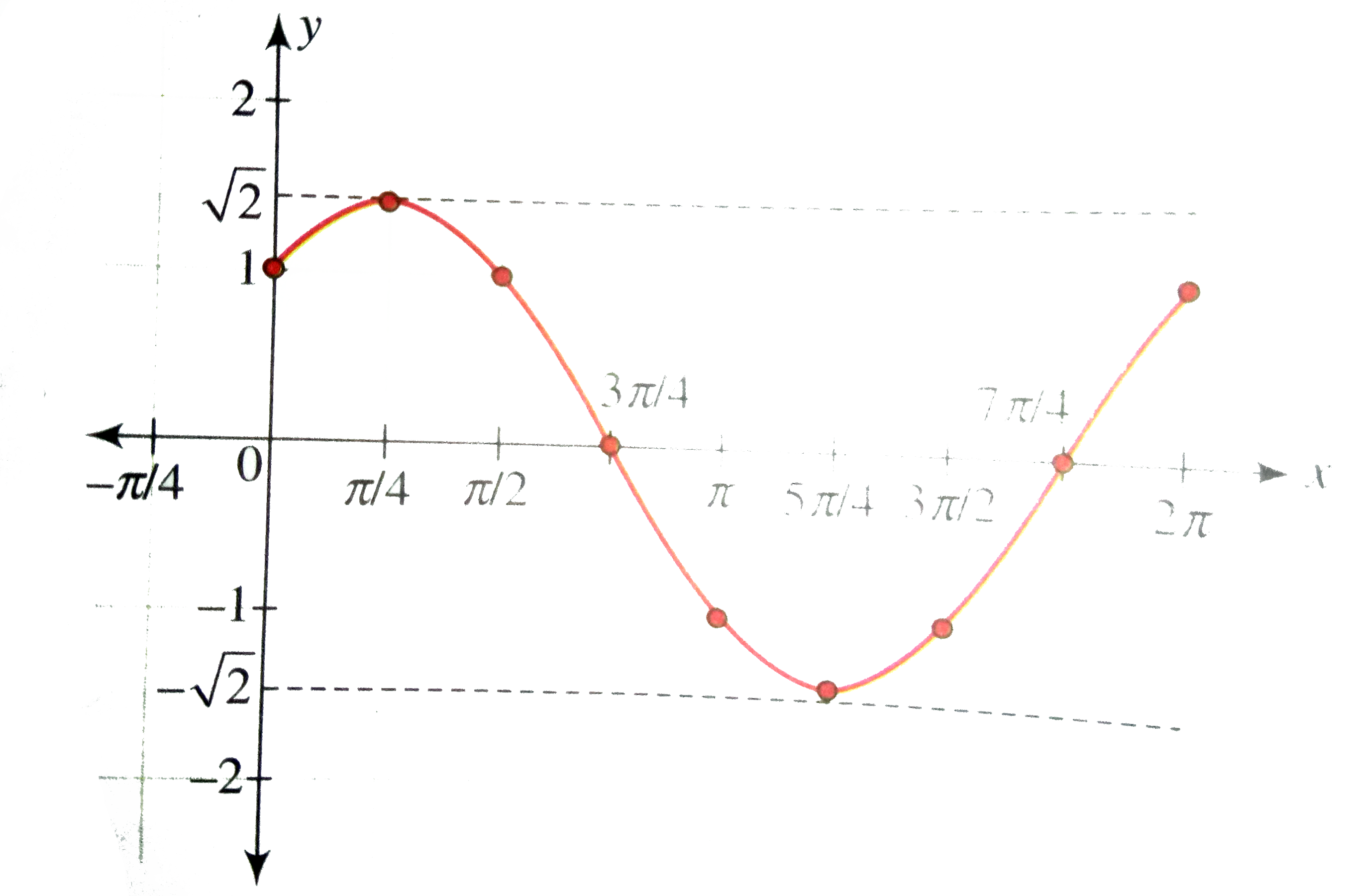



Draw The Graph Of Y Sin X Cos X X In 0 2pi
\(y = (x a)^2\) represents a translation parallel to the \(x\)axis of the graph of \(y = x^2\) If \(a\) is positive then the graph will translate to the left If the value of \(a\) is negativePlot(x, y) When you run the file, MATLAB displays the following plot − Let usY = sinx can be written as y = 0 sinx Now consider y = n sinx, where n can be any number that is unchanging, so adding n would either push the sinx graph upwards on the y axis or downwards, depending on the sign of n
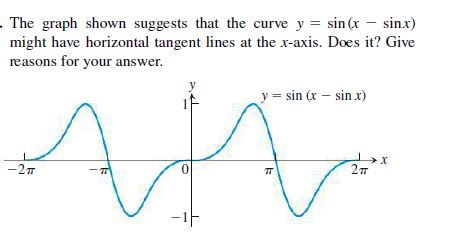



Answered The Graph Shown Suggests That The Bartleby




Content Graphing The Trigonometric Functions
To examine the graph of y = sin x, I will examine y = A sin (Bx C) for different values of A, B, and C This will allow me to make a generalization for the values of A, B, and C and thus will know how to graph a function of y = sin x quickly Let's us first look at the graph y = sin x This is were A and B equal 1 and C equals 0Approach 1 y=x^ {y^ {\sin x}} \ln y=y^ {\sin x}\ln x \frac1y\frac {dy} {dx}=\frac {y^ {\sin x}} {x}\ln x\left \frac {d} {dx}y^ {\sin x}\right Now find derivative of y^ {\sin x} and then Approach 1 y = xysinx lny = ysinx lnx y1 dxdy = xysinx lnxdxdHere is the graph of y = sin x The height of the curve at every point is the line value of the sine In the language of functions, y = sin x is an odd function It is symmetrical with respect to the origin



Three Dimensional Graphs



Ilectureonline
1 Answer y = 2sin(x) will be identical to y = sin(x) except the points on the curve for y = 2sin(x) will be twice as far vertically from the Xaxis 1 Graphs of y = a sin x and y = a cos x by M Bourne (a) The Sine Curve y = a sin t We see sine curves in many naturally occuring phenomena, like water waves When waves have more energy, they go up and down more vigorously We say they have greater amplitudeFirst week only $499!



Bestmaths



1
Sin(x) = x 1 the program returns a graph but also a numerical approximation to the solution to the equation It is assumed here that the units of x are radians I hope this helps, Harley Usama, This equation, like many that mix polynomials & trig functions, does notSomething you could try is graph several different examples to see how each one is different For example, graph sin ( x)) You will see it is the same graph only sin ( x)) has a slightly smaller amplitude and can't reach 1 or − 1 in the y axis If you graph cos ( x) graph




Consider The Function Below Z Sin X Sin Y Chegg Com



Graph Sine And Cosine Functions
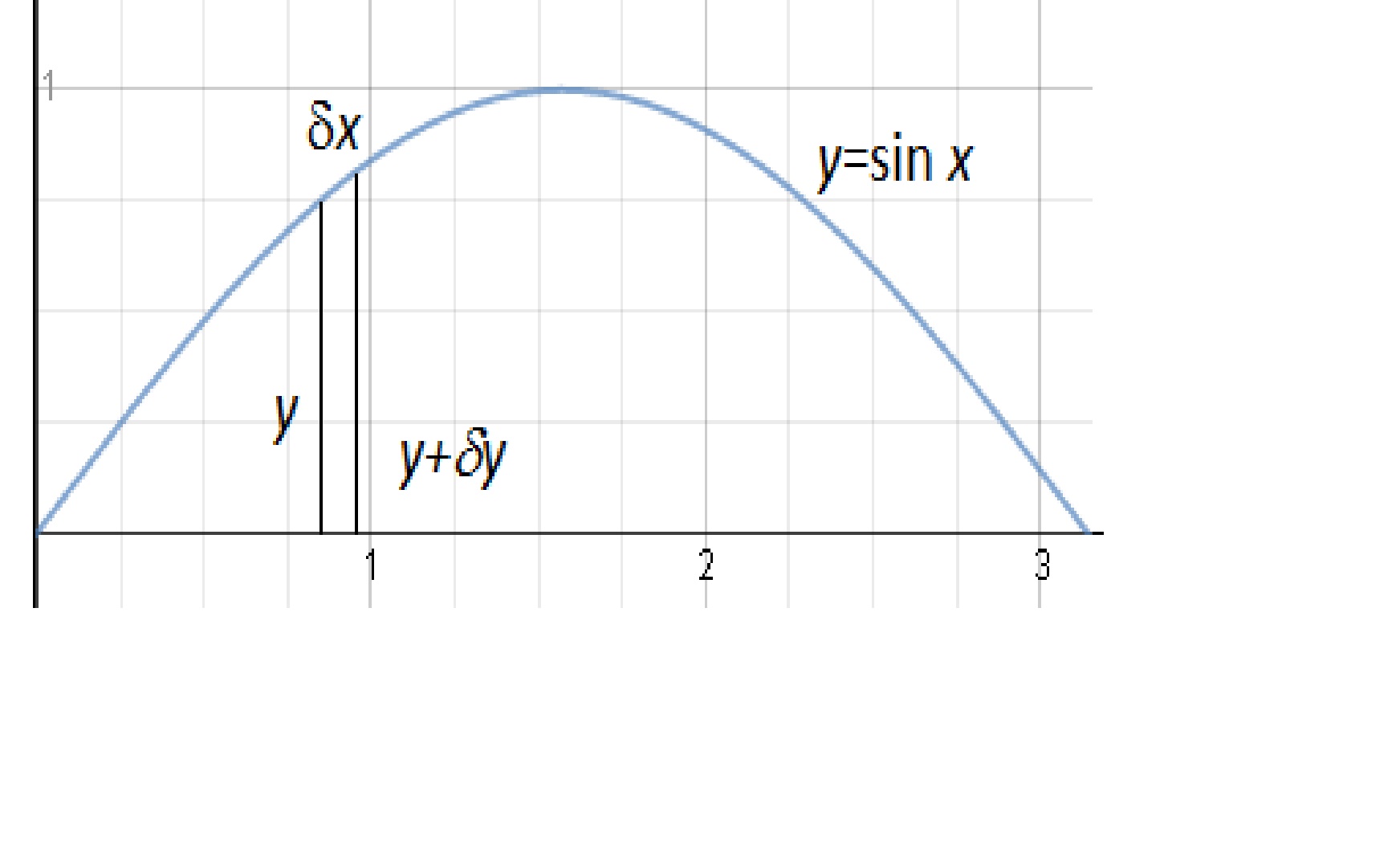



What Is The Volume Of The Solid Produced By Revolving F X Sinx X In 0 Pi Around The X Axis Socratic




Aim How Do We Define The Inverse Of Y Sin X As Y Arc Sin X Do Now Given F X Sin X A Fill In The Table Below B



Graphing A Variation Of Y Sin X Physics Forums




Help Where Does The Graph Of Y Sin X From X 0 To X 2p Start A At Its Minimum B At An Brainly Com




The Graphs Of Y Sin X Y Cos X Y Tan X Y X Are Drawn On The Same Axes From 0 To Pi 2 A Vertical Line Is
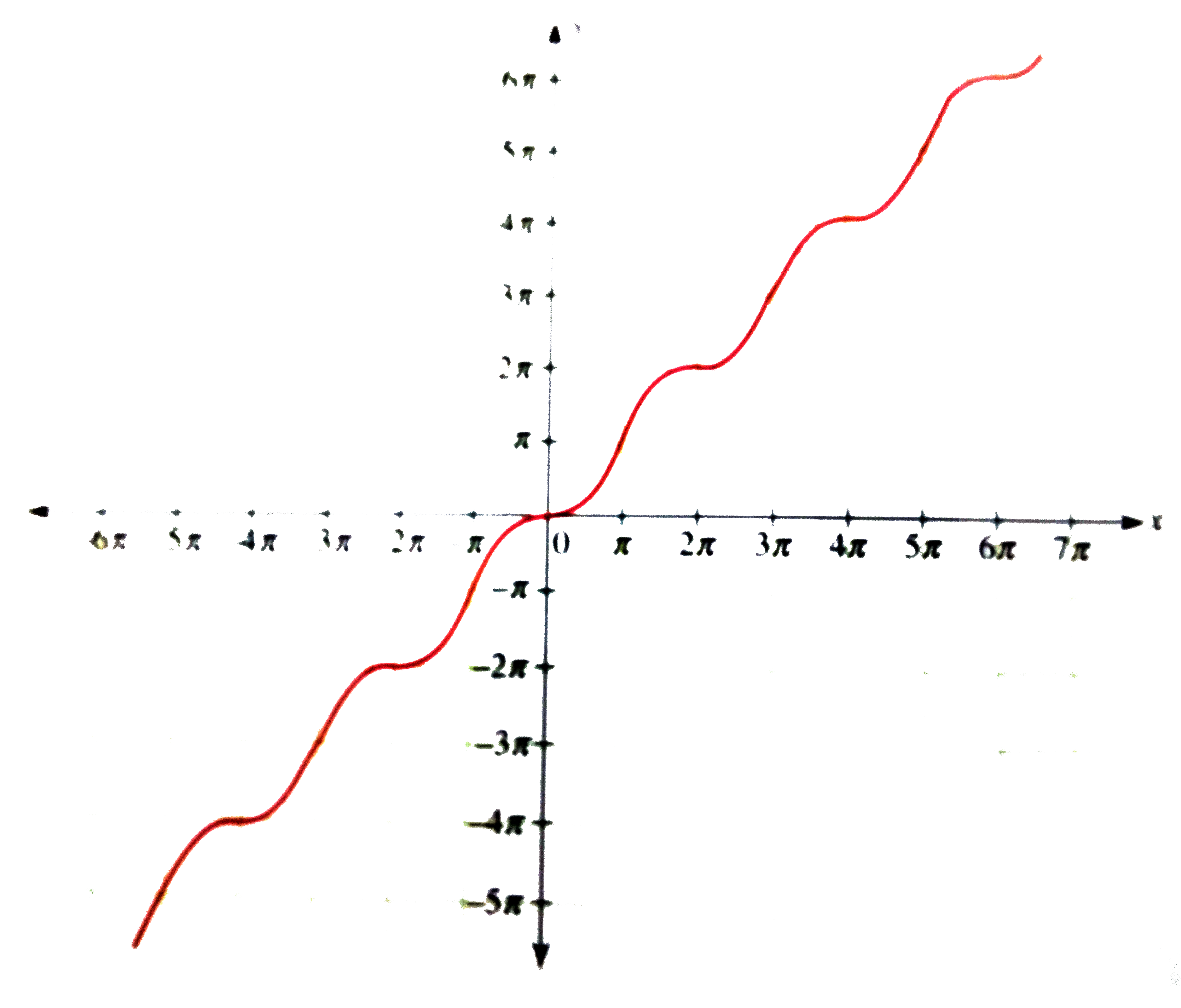



Draw The Graph Of Y X Sinx




Graph Of Y Xsinx Transformation Of Graph Transformation Of Graphs Of Functions In Hindi Youtube




Where Do The Curves Y Sin 2x And Y Sin X Cross Calculus Of Trigonometry Logarithms Underground Mathematics




The Graph Of Y Sin X Mathslinks
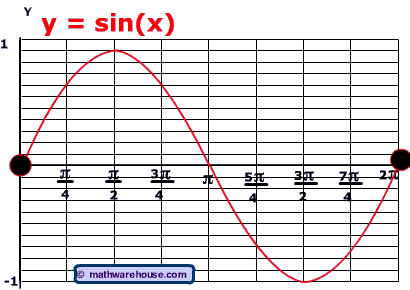



Translation And Phase Shifts Of Sine And Cosine Graphs How Equation Relates To Graph Illustrated Demonstrations And Examples




Trigonometric Graph How To Draw Y Sin X Youtube
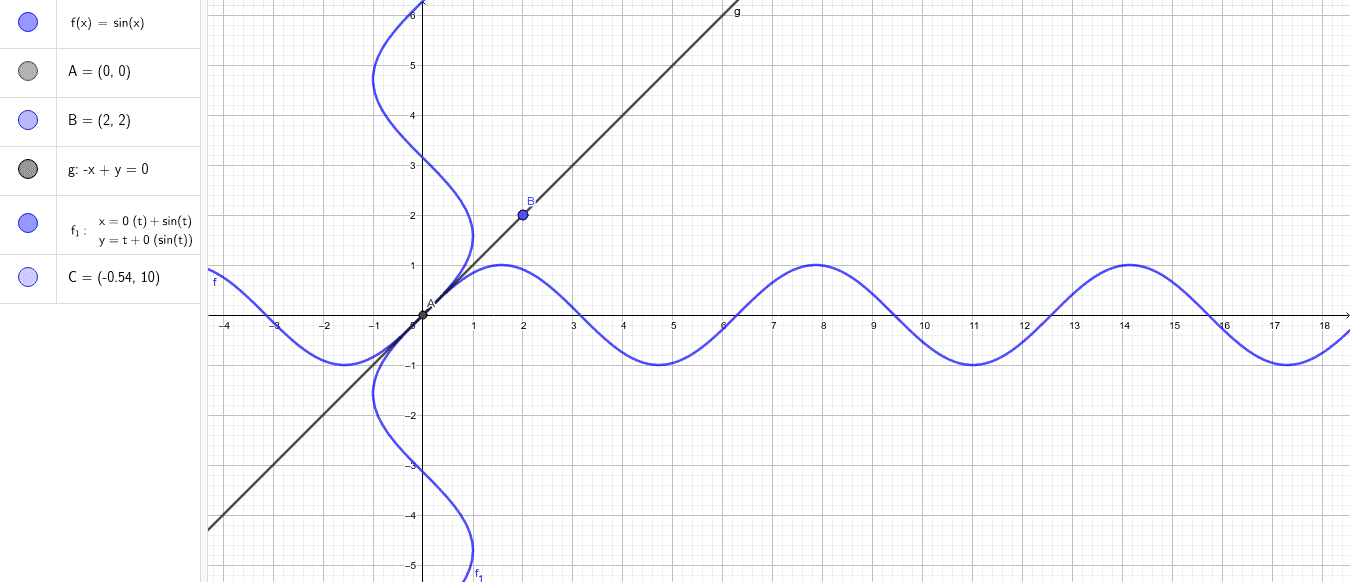



Getting Graph Of Sin 1x By Mirror Image Of Sinx In Y X Geogebra
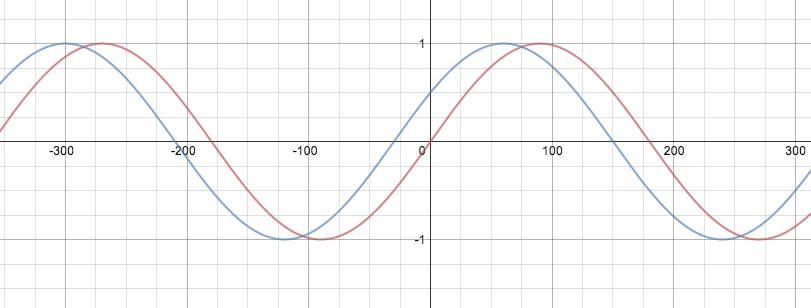



What Is The Graph Of Y Sin X 30 Example
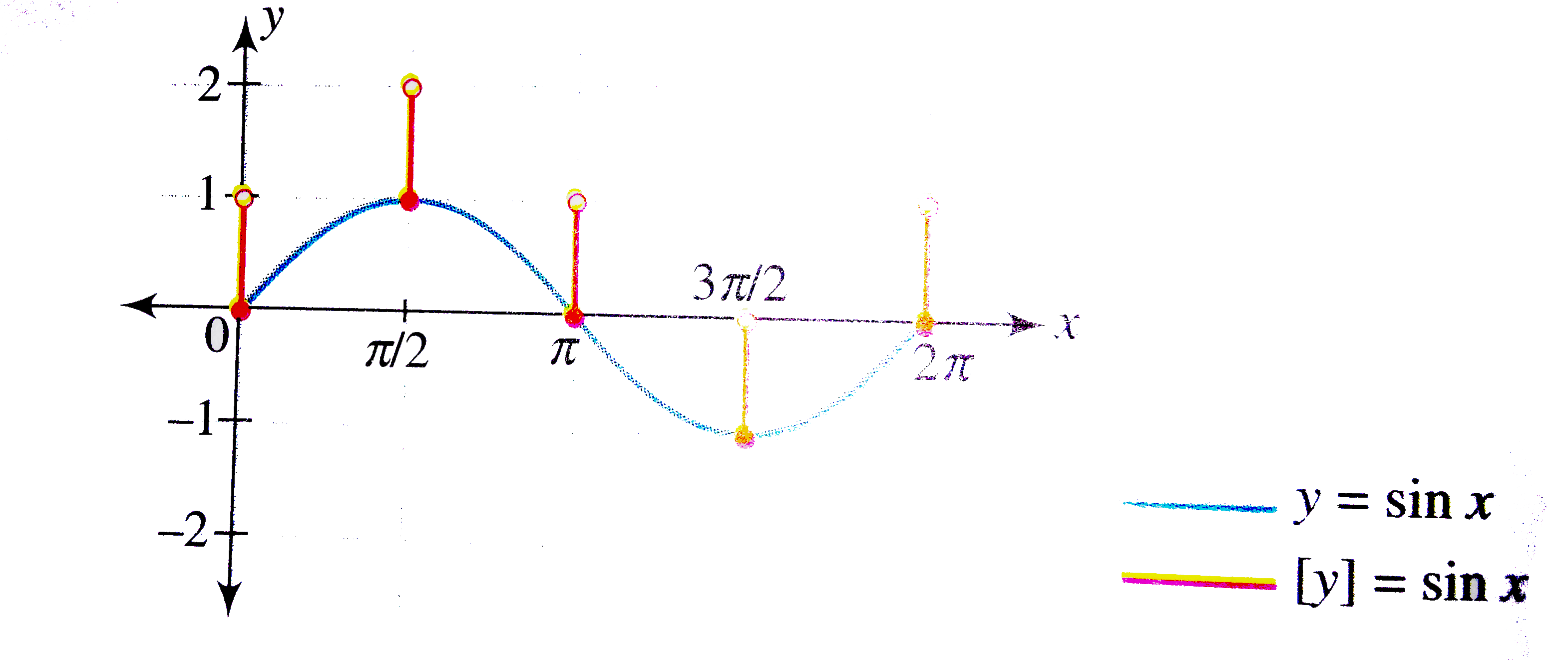



Draw The Graph Of Y Sin X X In 0 2pi Where Denotes
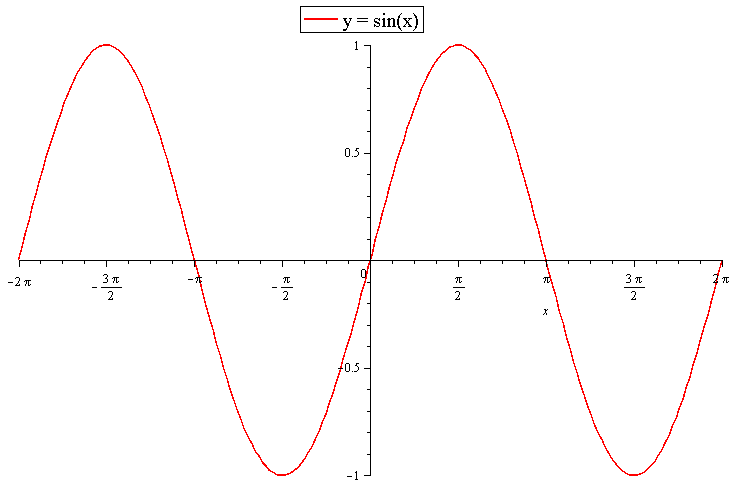



How Do You Graph Y 3sinx 1 Socratic
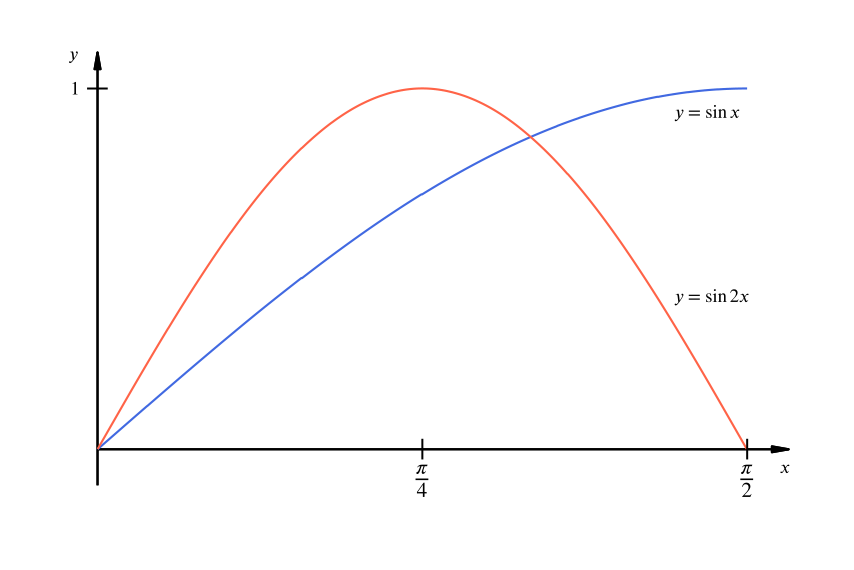



Solution Can We Find The Area Between Sin X And Sin 2x Calculus Of Trigonometry Logarithms Underground Mathematics



1



Write Up 1 Sine Functions Y Asin Bx C And Use Of Algebra Expressor




How Can One Go About Drawing The Graph Of Math Y X Sin Pi X Math Quora




Content Geometric Transformations Of Graphs Of Functions
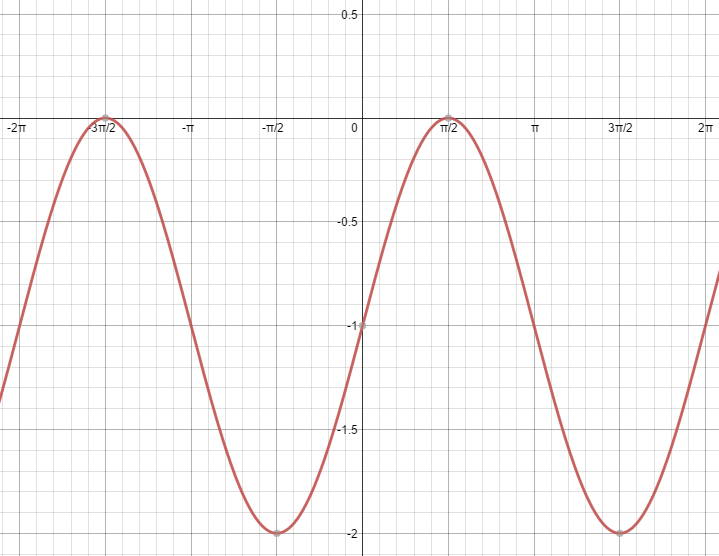



How Do You Graph Y Sin X 1 Socratic
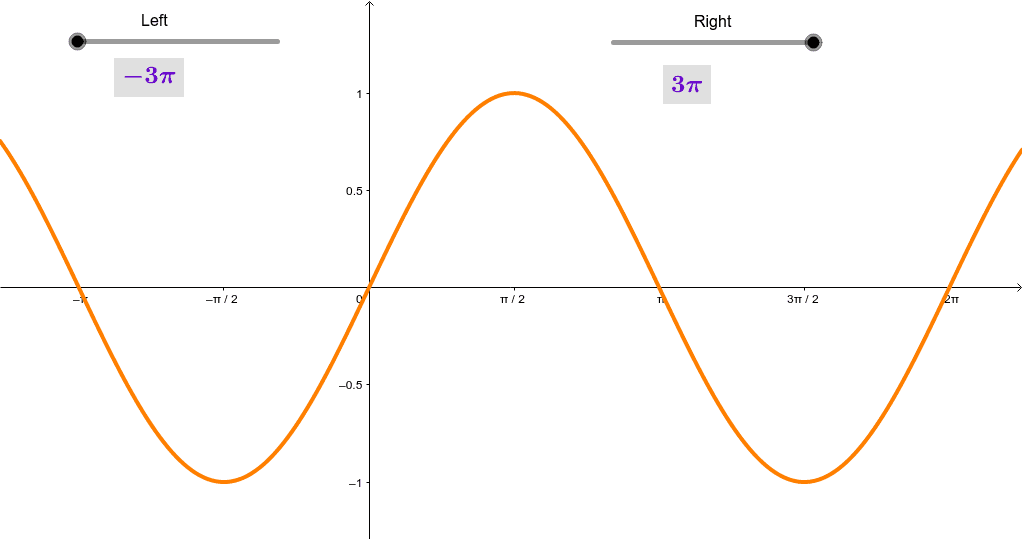



Is Y Sin X One To One Geogebra




Draw The Graph Of Y X Sin X



1 Graphs Of Y A Sin X And Y A Cos X




Miscellaneous Graphs Y X Sinx Y Xsinx Y E Xsinx Y X 2 1 X Transformation Lecture 12 Youtube



How To Draw The Graph Of Sinx Sin X 90 Sin X 90 Quora



Bestmaths Online Example 5



1



Write Up 1 Sine Functions Y Asin Bx C And Use Of Algebra Expressor



Solution Compare Y Sin X And Y Cos X Name Their Similarities And Differences Can You Please Help Me Thanks So Much In Advance




Graph Of Y X Sin X 2 Download Scientific Diagram



What Is The Inverse Of The Function Y X Sin X And How Is It Found Quora




Y Sin X Pi Mathtestpreparation Com



Graphs Of The Sine And Cosine Function Precalculus Ii




What Would A Graph Of Sin X X Look Like Quora




Area Bounded By The Curves Y Xsin X And X Axis Between X 0 And X 2pi Is




Consider The Function Below Z Sin X Sin Y I Chegg Com




2 1 Graphs Of Sine And Cosine Functions Ppt Download




How To Figure Out What The Graph Of Frac Sin X X Mathematics Stack Exchange




Graph Of Inverse Sin X Youtube
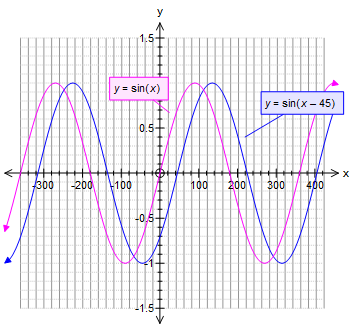



How Do You Graph Y Sin X 45 Socratic
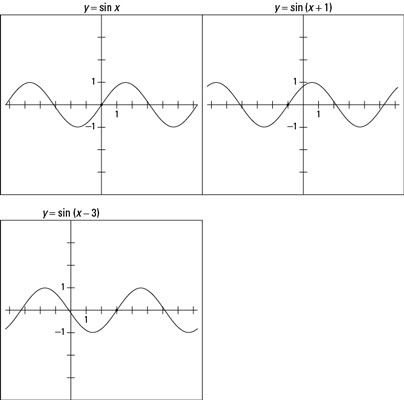



Shift A Sine Function In A Graph Dummies




Is This Trigonometric Equation Solvable Mathematics Stack Exchange




Use The Graph Of The Equation Y Sin X To Find All Values Of X 0 Less Than Or Equal To X Less Than Or Equal To 2 Pi
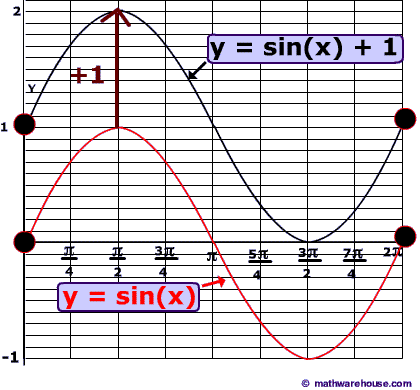



Translation And Phase Shifts Of Sine And Cosine Graphs How Equation Relates To Graph Illustrated Demonstrations And Examples



What Is The Graph Of Sinx X Quora




How To Plot Sin X Sin Y 1 In Gnuplot Super User
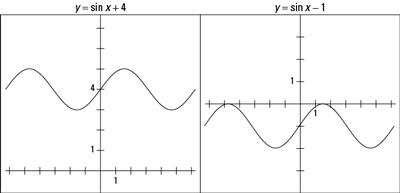



Shift A Sine Function In A Graph Dummies
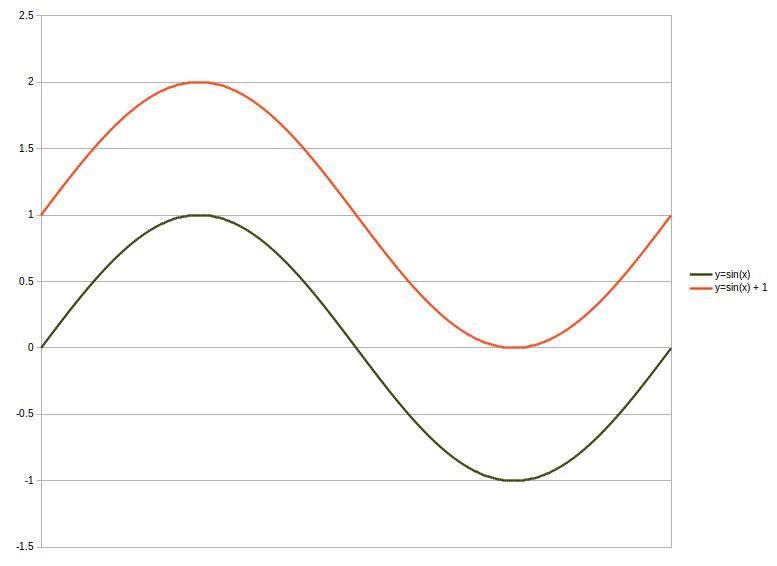



How Do You Graph Y Sinx 1 Over The Interval 0 X 360 Socratic



Graphs Of The Sine And Cosine Function Precalculus Ii



Solved Graph F X Sin X On 4 4 And Verbalize How The Graph Varies From The Graphs Of F X Sin X Graph F X Sin X X On The Window 5
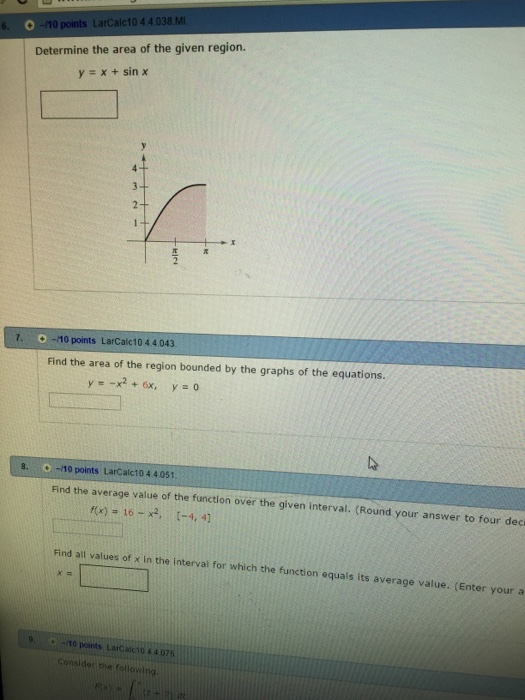



Determine The Area Of The Given Region Y X Sin X Chegg Com



Graphs Of The Sine And Cosine Function Precalculus Ii
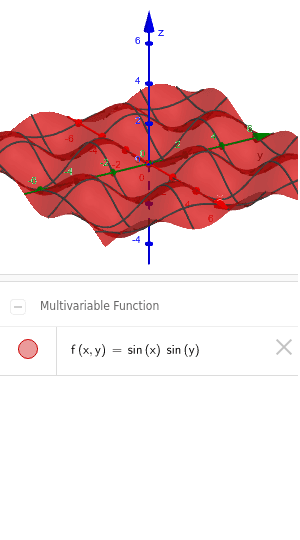



F X Y Sin X Sin Y Geogebra




2 A Graph The Function F X Sinx Is It Chegg Com




Find The Area Between The Graph Y E X Sin X X Geq 0 And The X Axis Calculate The Area Of The Area Mathematics Stack Exchange




Why Aren T The Graphs Of Sin Arcsin X And Arcsin Sin X The Same Mathematics Stack Exchange



Graphs Of The Sine And Cosine Function Precalculus Ii




Graph Of Y X Sin X 2 Download Scientific Diagram




Graph Of Y X Sin X 2 Download Scientific Diagram



How To Plot The Graph Of Y Sin X Where Is The Greatest Integer Function Quora




Solve Graphically Y Xsinx Youtube



Graph Sine And Cosine Functions




What Is Graph Of X Sinx Quora




Graph Of Sinx Graph Of Y Sin X
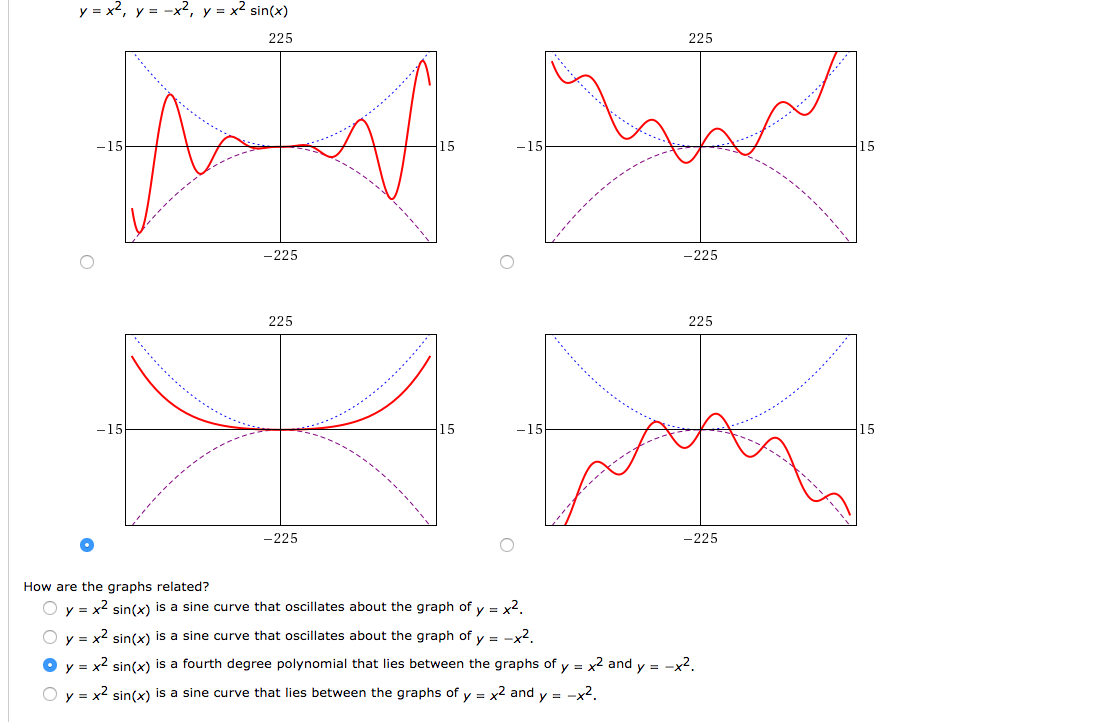



Y X 2 Y X 2 Y X 2 Sin X How Are The Graphs Chegg Com




Graph Y X Sin X Youtube




Y Sinx Graph Novocom Top




Graph Of Y 2sin X Pi 4 Mathtestpreparation Com



Links Forward Inverse Trigonometric Functions
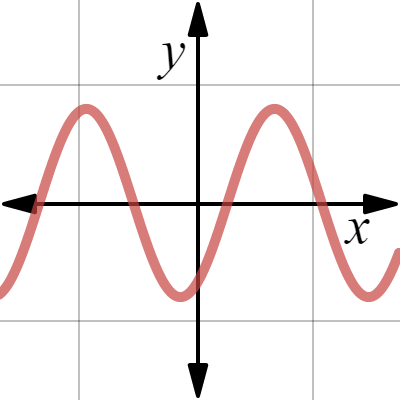



Y Sin X 60




Graphing Sine And Cosine
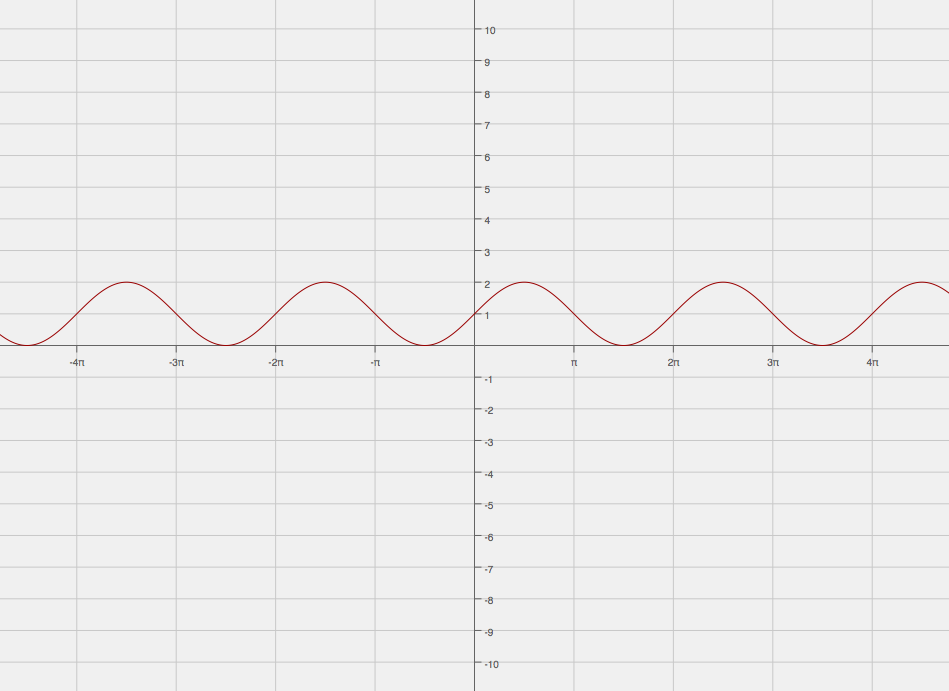



How Do You Draw The Graph Of Y 1 Sinx For 0 X 2pi Socratic
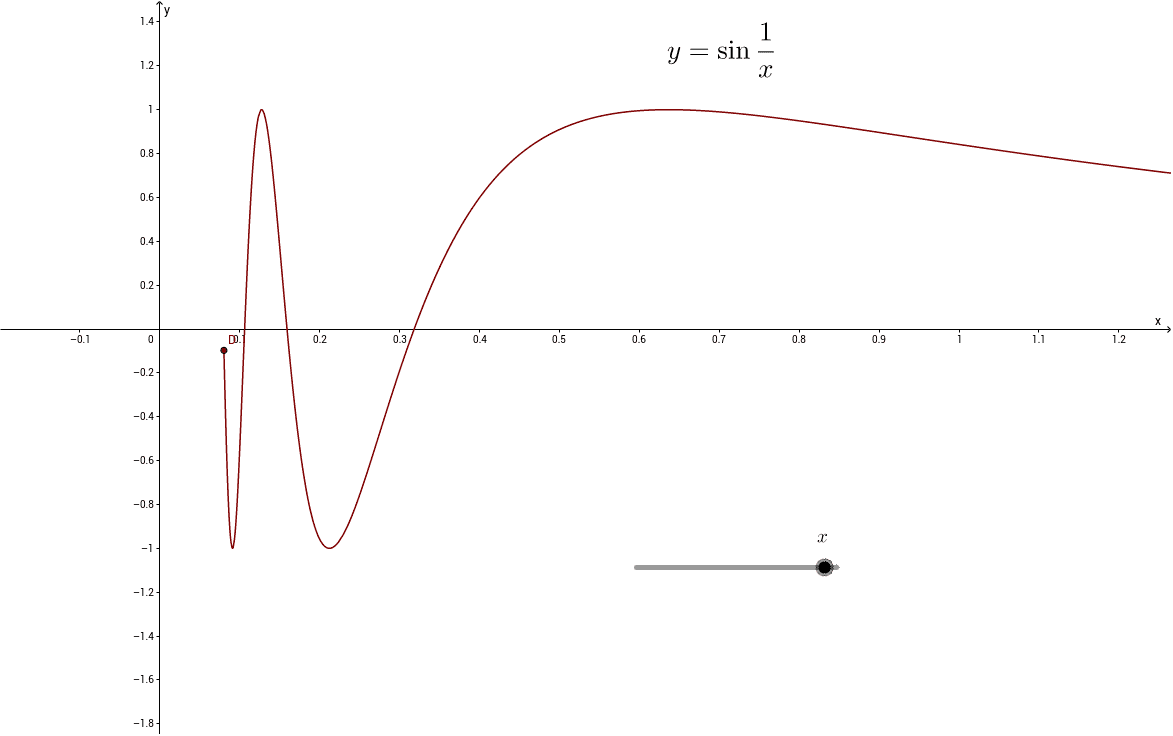



Graph Y Sin 1 X Geogebra



Trigonometry Graphing Trigonometric Functions



1 Graphs Of Y A Sin X And Y A Cos X
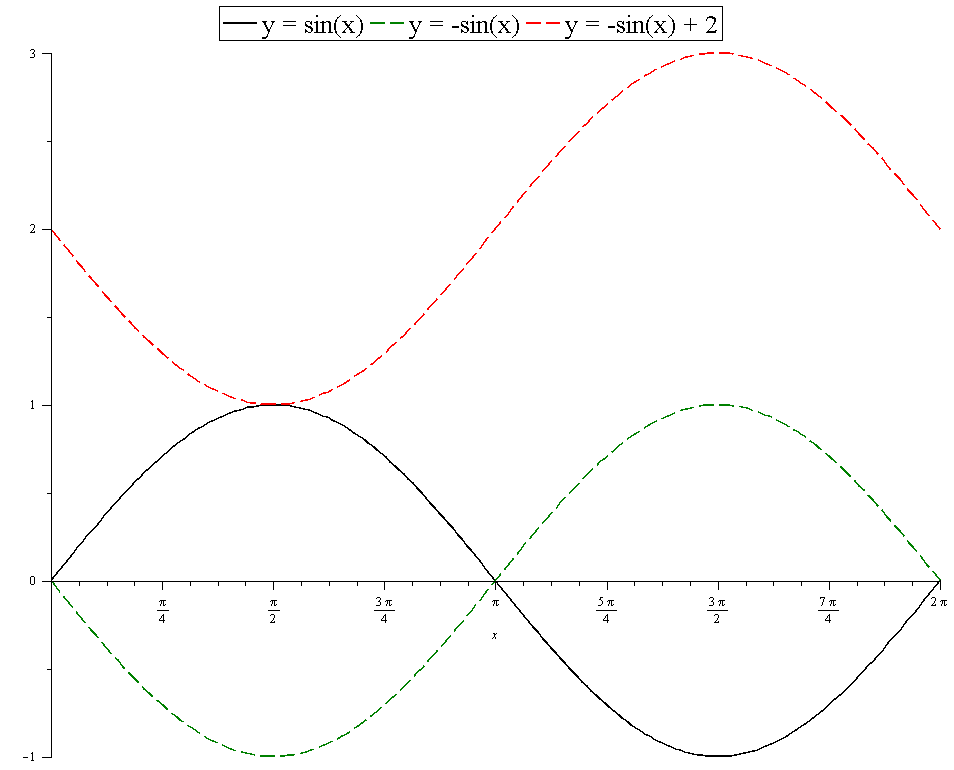



How Do You Draw The Graph Of Y 2 Sinx For 0 X 2pi Socratic
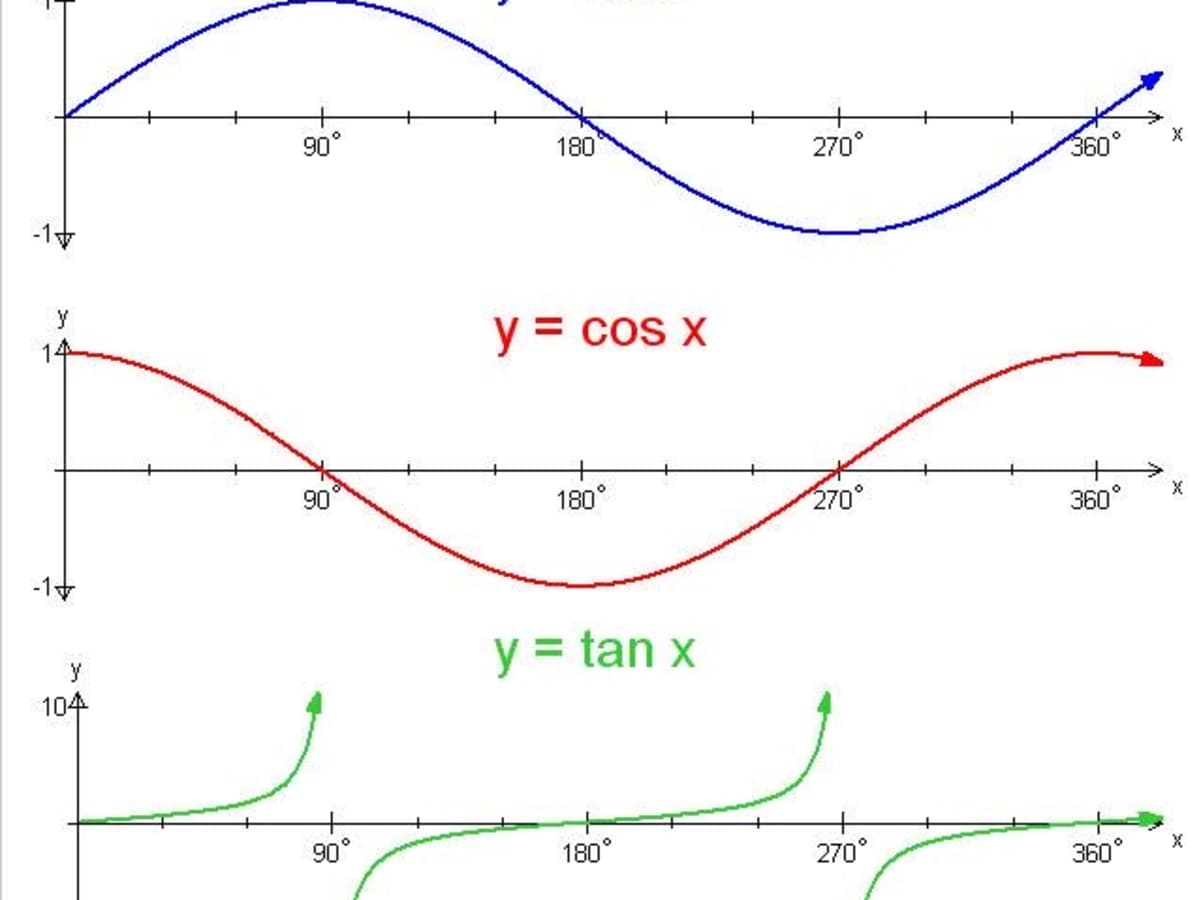



Trigonometry Graphing The Sine Cosine And Tangent Functions Owlcation



0 件のコメント:
コメントを投稿